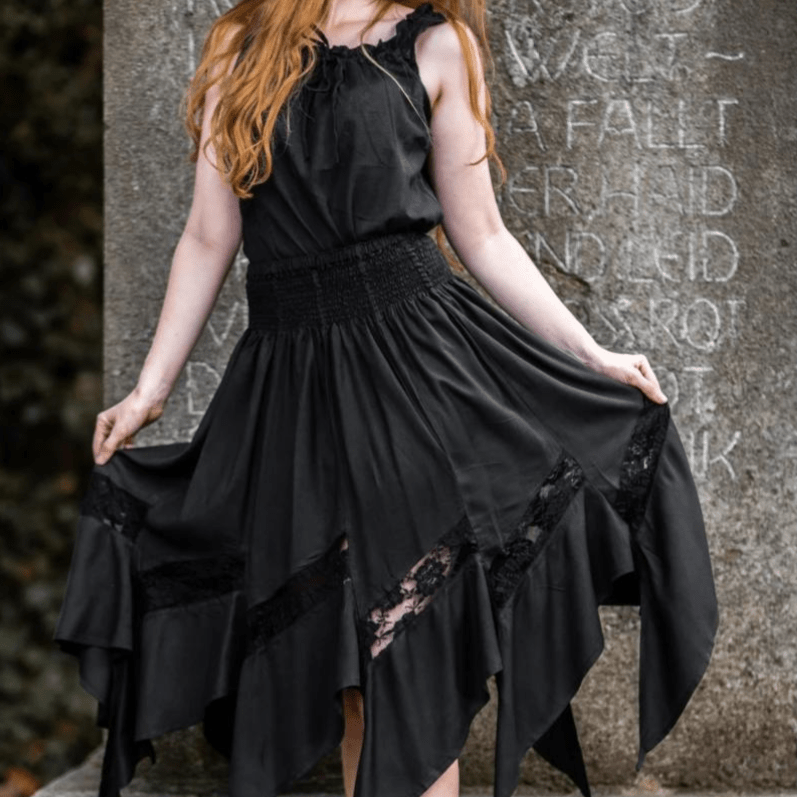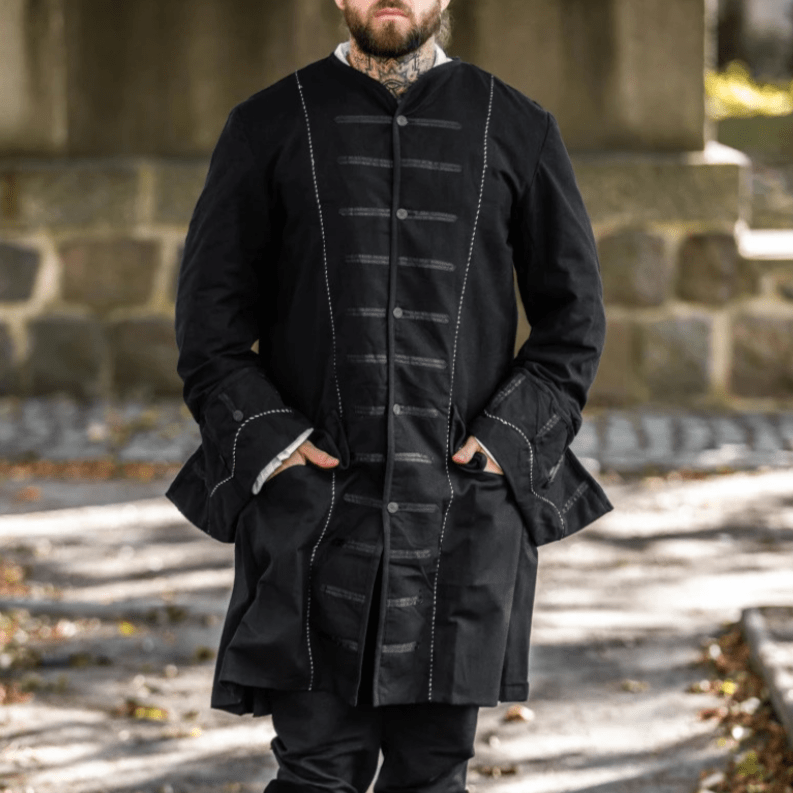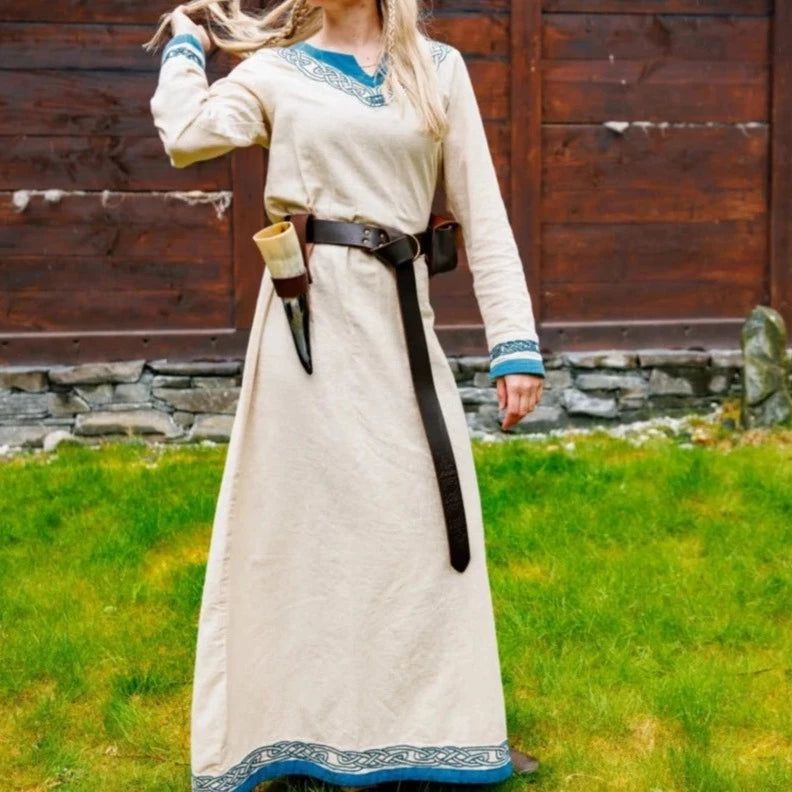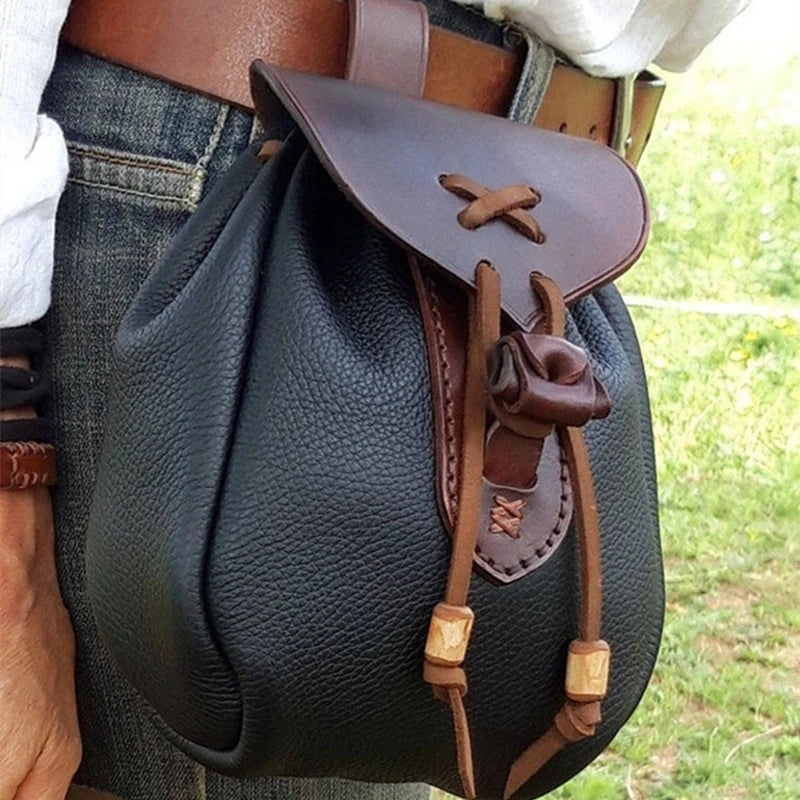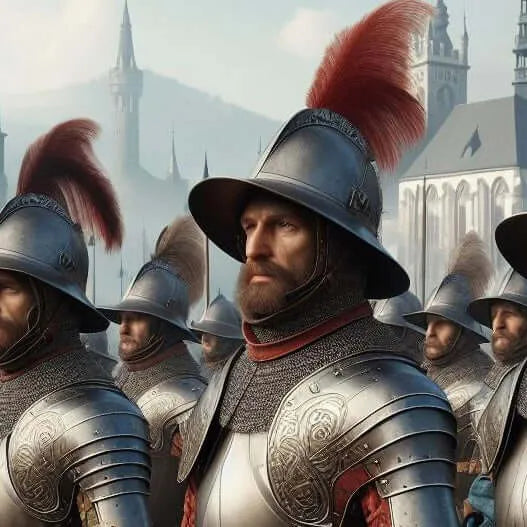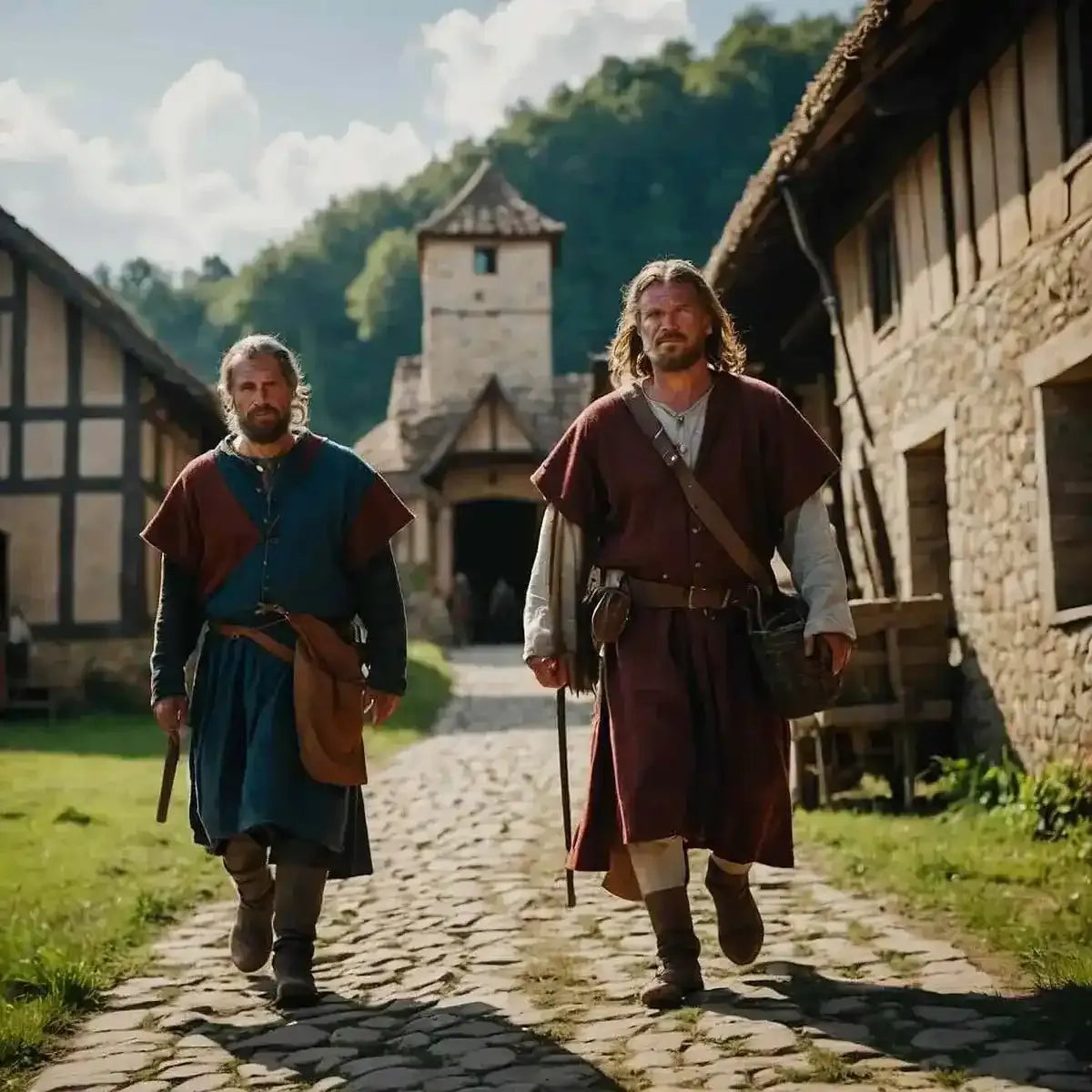
Renaissance Peasant Clothing: A Look at Rural Life
The Renaissance period, from the 14th to 17th century, was a time of big changes. While rich people wore fancy clothes, peasants had simpler, more practical outfits. Let's learn about Renaissance peasant clothing and what it tells us about how rural people lived back then.
Key Takeaways
Renaissance Peasant Clothing
- Materials: Wool, linen, and hemp
- Characteristics: Functional, simple, durable, with coarse textures
- Colors: Muted tones like browns, grays, and off-whites
- Influenced by: Local availability, affordability, occupation, and social status
- Regional variations: Styles differed by location and changed over time
Materials and Fabrics
Peasants used fabrics that were easy to get and cheap. Wool, linen, and hemp were the most common. These fabrics were often rough, but they lasted a long time and were good for hard work. Colors were usually dull, like browns, grays, and off-whites, because peasants couldn't afford expensive dyes.
The type of fabric and color showed a person's place in society. Medieval peasant clothing was different from the colorful, fancy clothes of rich people.
Wool was important because it kept people warm and didn't get wet easily. Peasants often had sheep, so wool was easy to get. Linen, made from a plant called flax, was used for underwear and summer clothes because it was cool. Hemp wasn't as common, but it was used for tough clothes like work shirts and pants.

Men's Peasant Clothes
Men usually wore a shirt or tunic with pants or breeches. Shirts were often made of linen and worn under other clothes. Over this, men wore a tunic, which was loose and went down to their knees or thighs. They tied a belt around the tunic to keep it in place while working.
Men wore pants or breeches on their legs. These could be loose or tight, depending on where they lived and when. Renaissance clothing for men who were peasants was made to be practical and easy to move in while working.
Peasant men usually wore simple leather shoes or boots. In cold places, they wore wool socks or wrapped their legs to stay warm. They often wore hats or caps made of wool or felt to protect them from the sun and weather.

Women's Peasant Clothing
Women's clothes were also practical. They wore a shift or chemise, which was a simple linen undergarment that covered them from shoulders to knees. Over this, they wore a dress or a skirt with a top. Dresses usually went all the way to the ground and could be one piece or separate top and bottom.
Aprons were common and useful. They protected the dress underneath and were easy to wash or replace. Women also wore different kinds of hats, like simple linen caps or kerchiefs, which kept them warm and modest.
Peasant women's clothes often had layers, so they could adjust for different jobs and weather. Sleeves could be taken off, and skirts could be pulled up for working in the fields. Like men, women wore simple leather shoes.
If you want to see what Renaissance clothing for women looked like, there are many options that show what peasant clothes were like, but with modern comfort.
Clothes for Different Seasons
Peasants had to change their clothes for different seasons. In summer, they wore lighter fabrics and fewer layers to stay cool while working in the fields. In winter, they needed warmer, heavier clothes. Wool cloaks or simple coats helped keep them warm in cold weather.
During cold months, peasants might wear many layers, like multiple shirts or tunics, to stay warm. Clothes lined with fur were rare but very good for keeping warm. In summer, clothes were often made of light linen and were looser to let air in.
Differences by Region
Peasant clothes were different in different parts of Europe. In the north, clothes were heavier and had more layers because it was colder. In the south, clothes were lighter for warmer weather. These differences were because of the weather and what materials were available in each place.
For example, in places near the Mediterranean Sea, linen was more common because it was warmer and they grew flax there. In Northern Europe, wool was used more because they had lots of sheep. In Eastern Europe, peasant clothes often had colorful designs sewn on them, showing their cultural traditions.
How Jobs Affected Clothes
A peasant's job often changed what they wore. Farmers might wear tougher fabrics and looser clothes for working in the fields. People with special jobs, like blacksmiths or carpenters, might have different clothes to keep them safe or help them work better.
The Landsknecht clothing, while not what most peasants wore, shows how jobs could really change what people wore during the Renaissance.
Fishermen might have clothes that kept water off, while shepherds often wore strong wool cloaks to protect them from bad weather. Craftsmen in towns might have slightly better clothes, showing they had a bit more money than farmers.
Accessories and Decorations
Even though they didn't have much, peasants found ways to make their clothes special. Belts were useful for holding tools and also a chance to show some style. Simple pouches on belts held small personal items.
Jewelry for peasants was rare and simple. They might wear small pendants or rings, often passed down in families.
Some peasants added simple designs sewn onto their clothes, especially around the neck or sleeves. This made the clothes look nice and also made them stronger. Buttons weren't as common as in rich people's clothes, but sometimes they were used and could be made of wood, bone, or metal.
How Peasant Clothes Changed Over Time
Peasant clothes changed slowly during the Renaissance. In the early Renaissance (14th-15th centuries), clothes were simpler and more like medieval times. As time went on, some ideas from rich people's fashion slowly reached peasants, leading to small changes in how clothes were cut and styled by the late Renaissance (16th-17th centuries).
New farming tools and methods also changed how clothes were made. For example, when some places started using better plows, men's pants changed to make it easier to move their legs. As they got better at making cloth, by the late Renaissance, some peasants could get slightly better quality fabrics.

Conclusion: What We Learn from Renaissance Peasant Fashion
Renaissance peasant clothing tells us a lot about how ordinary people lived during this important time in history. It shows how people used what they had to make practical and long-lasting clothes that fit their needs. Today, these styles are used in historical reenactments and costume design, helping us connect with our past.
The simple and practical nature of peasant clothing has influenced modern fashion in surprising ways. We can see this in today's work clothes and casual wear. Also, the rustic look of peasant clothing has inspired fashion trends that make rural and historical styles popular.
If you're interested in Renaissance-inspired fashion, Renaissance dresses and other old-style clothes let you experience a bit of history. While modern versions are often more comfortable and stylish, they still capture the feel of this fascinating time in clothing history.

